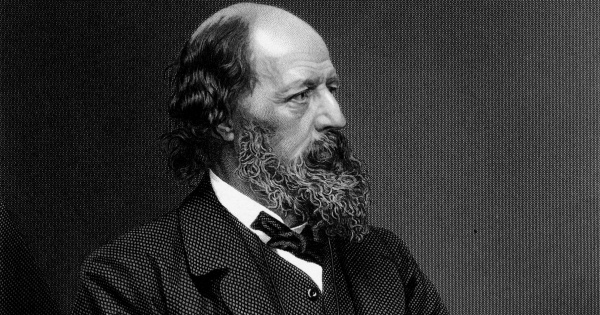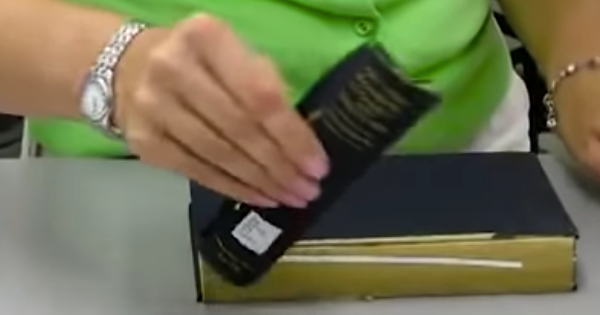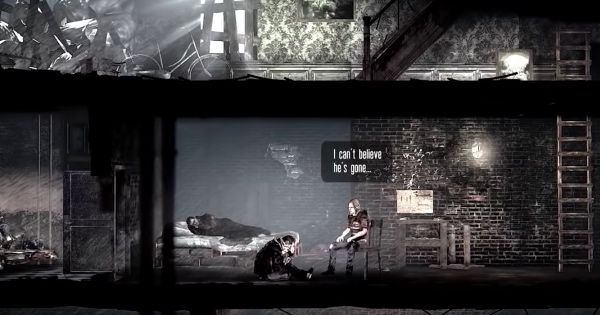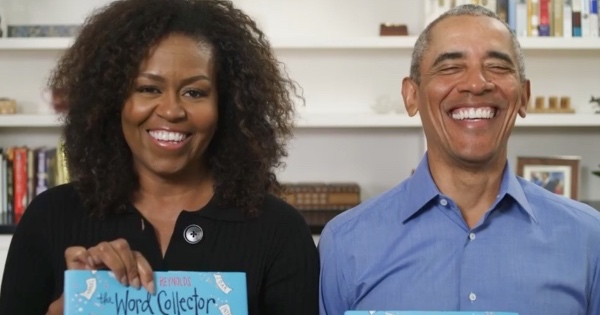Happy Birthday to Roald Dahl
Dahl may no longer be with us, but we can honour his memory by celebrating his life, works, and his birthday. Many of you will already be familiar with Dahl’s books, but how much do you know about the man behind them?
Dahl was born in Cardiff, Wales on September 13, 1916. His mother and father were originally from Norway and emigrated to Cardiff in the 1880s. If you’ve ever wondered about Roald’s uncommon name, you’ll be interested to learn that he was named after the Norwegian polar explorer Roald Amundsen. Despite being born and raised in Wales, Dahl’s first language was Norwegian, with which he spoke to his family.
In 1920, the Dahl family experienced tragedy. At the age of three, Dahl’s seven-year-old sister died of appendicitis. Only weeks later Dahl’s father died from pneumonia at the age of 57. Dahl’s mother considered moving back to Norway but ultimately decided to remain in Wales.
Given his literary success, you might assume Dahl was a model student, but you’d be wrong. At the age of eight, Dahl and his friends received a canning for putting a dead mouse in a jar of gobstoppers at a nearby sweet shop. This was referred to by the boys as the “Great Mouse Plot of 1924”. It’s worth noting that gobstoppers would later appear in Charlie and the Chocolate factory in the form of the Everlasting Gobstopper.
He later transferred to a boarding school where he was very homesick and unhappy. Despite writing letters to his mother every week, Dahl never revealed how unhappy he was. After his mother’s death, Dahl found that she had kept all of his letters. Earlier this year, they were abridged and read on BBC Radio 4’s Book of the Week.
Dahl then went on to Repton School in Derbyshire where he was equally unhappy. He later described the school as a place where younger students were servants to older pupils and beatings were common. It is thought his years at this school cemented the darker aspects of his writing and his hate of cruelty and corporal punishment. These themes can be found in Matilda. You’ll be surprised to learn that Dahl’s English teacher wrote of his writing: “I have never met anybody who so persistently writes words meaning the exact opposite of what is intended.” He certainly went on to eat some humble pie.
Dahl found solace in his time at Repton by playing sports (which at 6ft, 6″ he did very well), literature and photography. During his time at Repton, Cadbury would often test new chocolate bars by sending them to the boys to try. Dahl later revealed that he would imagine inventing a chocolate bar so good it would impress Mr Cadbury. As you can imagine, this sowed the seeds for what would become Charlie and the Chocolate Factory.
After leaving school, Dahl travelled joined the Shell Petroleum Company and was eventually transferred to what is now Tanzania in Eastern Africa. Here Dahl enjoyed encountering the wildlife Africa had to offer including Lions and Black Mambas.
In August 1939, with World War II drawing near, Dahl was made a lieutenant in the King’s African Rifles. In November, he joined the Royal Air Force and travelled over 600 miles by car to attend flight school in Nairobi. He attended flight school with 16 other men, only three of whom would survive the war. Dahl enjoyed seeing the African wildlife from above and then went on to receive further training in Baghdad, Iraq.
Dahl was assigned to No. 80 Squadron RAF and flew obsolete Gloster Gladiator planes. He later noted he was surprised he was given no training on how to fly this particular plane, nor was he trained for air combat. In 1940, Dahl was on a mission and unable to find the airstrip. Forced to make an emergency landing in the desert, the underside of his plane struck a boulder and Dahl suffered a fractured skull, broken nose, and temporary blindness. He managed to crawl away from the blazing wreck and passed out. He was rescued and came to in a first-aid post. It was later revealed that Dahl’s intel was completely wrong and he was mistakenly sent to fly over the no man’s land between the allied and Italian forces.
After being discharged, Dahl found that his squad had been sent to help with the Greek campaign and now flew Hawker Hurricanes. Dahl travelled to Greece and, on April 15, 1941, saw his first aerial combat. Whilst flying alone over the city of Chalcis, Dahl engaged six German Junker Ju 88s and shot down one. In 1941, Dahl fought in the “Battle of Athens” alongside the famed flying aces Pat Pattle and David Coke. The battle was ultimately won by the allies, but it saw the death of Pattle. Dahl later described the battle as: “an endless blur of enemy fighters whizzing towards me from every side”.
As the Germans began to take hold of Greece, Dahl’s squad was evacuated to Egypt and later regrouped Hairfa, Israel. Here Dahl flew sorties for weeks and shot down a Vichy French Air Force Potez 63. Dahl began to suffer from severe headaches which caused him to black out. Dahl was sent home to England to and, despite being a pilot officer on probation, was made a pilot officer and promoted to flying officer.
Posted at a training camp in Uxbridge, Dahl tried to recover his health in order to be an instructor. Here he met Major Harold Balfour who convinced him to become an assistant air attaché at the British Embassy in Washington, D.C. After arriving from war-torn Britain, Dahl was impressed and amazed at the wealth and luxury of North America. America had entered the war following Pearl Harbor and Dahl’s job was to try and help reduce the isolationist views many Americans had at the time by giving speeches about his service. Dahl disliked the job, saying it was “a most ungodly unimportant job.” and later said: “I’d just come from the war. People were getting killed. I had been flying around, seeing horrible things. Now, almost instantly, I found myself in the middle of a pre-war cocktail party in America.”
Dahl also supplied intelligence from Washington to Winston Churchill. Dahl described the job thusly: “My job was to try to help Winston to get on with Roosevelt, and tell Winston what was in the old boy’s mind.” By the end of the war, Dahl held the rank of squadron leader and his record of five aerial victories qualify him the status of flying ace.
Dahl’s first children’s book was called The Gremlins and is inspired by mythical creatures found in RAF folklore. Whenever problems or difficulties were had with an aircraft, “Gremlins” were blamed. Whilst working at the British Embassy in Washington, Dahl sent a copy to First Lady Eleanor Roosevelt who read it to her grandchildren.
In 1951, Dahl married American actress Patricia Neal. Their marriage lasted 30 years and resulted in five children. Dahl later divorced her and married Felicity Crossland.
In 1962, Dahl’s first born daughter, Olivia, died of measles encephalitis at the age of seven. Dahl later said the event left him “limp with despair”. Her passing destroyed his faith in God and he became to regard religion as a sham. His 1982 book, The BFG, is dedicated to her. Whilst giving birth to Lucy, their fifth child, Patricia cerebral aneurisms. Dahl helped with her rehabilitation and she eventually learned to walk and talk again. She even returned to acting.
During the 60’s, 70’s, and 80’s, Dahl produced some of his most famous works including 1961’s James and the Giant Peach, 1964’s Charlie and the Chocolate Factory, 1970’s Fantastic Mr. Fox, 1980’s The BFG, and 1988’s Matilda. His final children’s book was published posthumously in 1991 and is called The Minpins. Dahl’s works have cemented him as arguably the greatest children’s author of all time and his stories have been adapted to all manner of other media.
In 1986, Dahl was offered an appointment to Officer of the Order of the British Empire (OBE) but he turned it down (reports have indicated he would have preferred a knighthood). In 1990, at the age of 74, Dahl died in Oxford from a blood disease. He was buried at St Peter and St Paul’s Church in Great Missenden, Buckinghamshire. His granddaughter later revealed that he was buried with several items including some good burgundy wine, chocolates, and pencils. To this day people still leave toys and flowers at his grave and his works only seem to grow in popularity. Happy 100th Roald, and thanks for all the great reads!

The Devil all the Time adaptation coming to Netflix






On way to Dahl’s graveside in Great Missenden with two roses and Monsieur le Foxtror to lay upon the resting place of the grande Duke of storytelling. Then on to the Roald Dahl Museum for lunching at the Twit Cafe #WordMobile